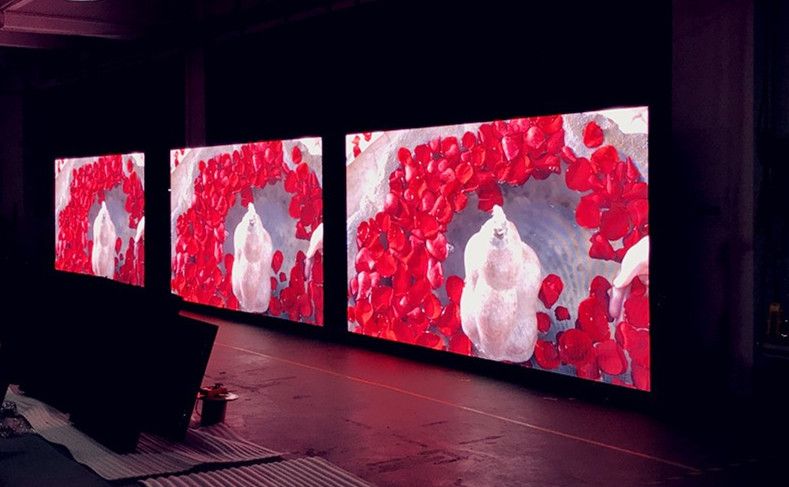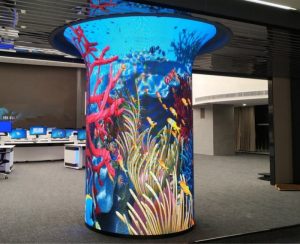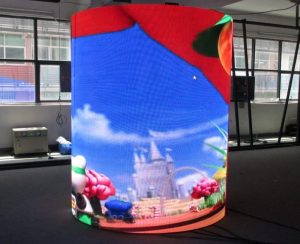Brightness standard of standard LED full color screen
During the interview, the reporter learned that the installation and setting of LED screen and the broadcast content are reviewed and supervised by relevant departments, but there is no unified standard in terms of brightness, which has become a “blind spot” of laws and regulations. People from the environmental protection department have shown that light pollution is different from noise pollution. Noise can be measured in decibels, so it is difficult to define the standard of light pollution.
Many citizens also show that it is not only the LED electronic full-color screen in the rich and noble business district, but also many commercial and residential buildings in Changchun are now equipped with various kinds of neon advertising lights. The colors of the lights are constantly changing at night, and they are usually visible one or two kilometers apart, which has a great impact on the residents. “Changchun is expected to work out a brightness standard for these led full-color screens and neon advertising lights as far as possible. For example, it can give the maximum brightness limit of LED advertising screens and distinguish day and night standards.” During the interview, many citizens held that view.
In the interview, a lighting engineering technician also said that it was convenient to reduce the brightness of LED screen. After setting parameters by background software, the brightness of LED screen can be reduced in one minute. Together, some people in the construction industry think that the relevant departments should strengthen the planning of the field electronic full-color screen, strictly review and reasonably arrange the spots, and standardize the size of the electronic full-color screen.
It is understood that since 2008, Beijing, Nanjing, Shenyang, Linping, Yichun, Panzhihua and other cities have successively issued local laws and regulations such as the “rules for handling field electronic full color screen settings”. During this period, clear rules have been made on the setting direction, broadcast time and screen switching of field electronic screen, which clearly stipulates that field LED electronic full-color screen shall not be set in the direction of vehicles on the road, and shall not cause light pollution, noise pollution, electromagnetic radiation pollution, etc., which may affect the normal life of residents, In principle, the broadcasting time of each fixed picture should be greater than or equal to 15 seconds, and the slow conversion method should be adopted for picture switching.
Some big cities have now installed outdoor LED electronic screens in open areas such as squares. For example, most of the LED screens in Shanghai are located along the river. At the same time, Shanghai has also issued the “urban environment (decoration) lighting standard”, adding rules for “advertising, signboards and signs, lighting sketches and sculptures, festival lanterns” and other contents, so as to make the scene lighting management in Shanghai more controllable and orderly.
It is understood that Beijing has begun to implement the “Beijing outdoor electronic full-color screen setting standard”, during which the rules are clearly defined. The public security traffic department is responsible for the traffic safety assessment of the outdoor electronic full-color screen setting. It is also stipulated that the full-color screens on both sides of the main road are not allowed to broadcast live pictures. Guangzhou light pollution control requires that after 10:30 p.m., the LED full-color screen advertising shall be banned, and the annual inspection shall be conducted, and the maximum penalty for violation shall be 30000 yuan.




